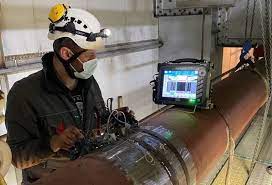For the modern manufacturer, precision machining Malaysia is a critical aspect of building and designing new machines, parts, tools, and other gear necessary to maintain process controls and tolerances that must meet extremely strict standards. It’s employed in the manufacture of a wide variety of common goods and components, both large and small. An object’s many small components may often necessitate precision machining in order for them to operate properly when put together. A tool, program, engineering skill, or piece of equipment’s highest function can be defined as precision machining, which pushes the boundaries of design feature creation and materials science while executing these processes to the closest tolerances possible. Advances in all associated technologies have undoubtedly helped to push the boundaries of precision machining and increase performance over time. With advances in fluid dynamics, chemical control, mechanical, climate extremes and durability required in modern hardware technologies come the real art in precision machining: the marriage of computer-controlled design and human-engineered design for the creation of unique features and highly controlled output. Precision machining is critical in the creation of accurate, repeatable tools and parts with high levels of repeatability, consistency, and accuracy.

It is an additive technique in which bespoke software, engineered tools, and process steps are used with raw materials such as ceramics, metal, or composites to generate desired fine-featured items. CAD/CAM programs are used to develop and manufacture precision parts using computer-aided design (CAD). Tolerances can be met more easily with the help of these designs and applications. The majority of designs are engineering and computer-aided, but many begin as hand-drawn ideas.
Plastic, ceramic, metal, composites, steel, bronze, graphite, and glass are just a few of the raw beginning materials that can be used in precision machining. A combination of instruments can be used to produce precise cuts and remove the raw material intricately. The types of equipment available change according to the type of raw material being used. Electric Discharging Machine (or EDM) milling machines, lathes, and other power tools are frequently employed in the metalworking industry. Components and pieces of gear used to remove substrate material and create finely detailed components are the most often used manufacturing equipment. Even high-speed robotics and photochemical processes can be used in some situations to obtain the final product’s desired results.
Using precision machining, manufacturers may produce large and tiny parts to exacting specifications and important tolerances while still adhering to tight manufacturing norms.

